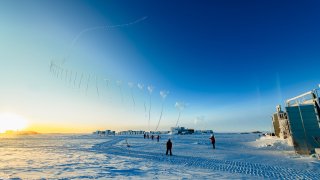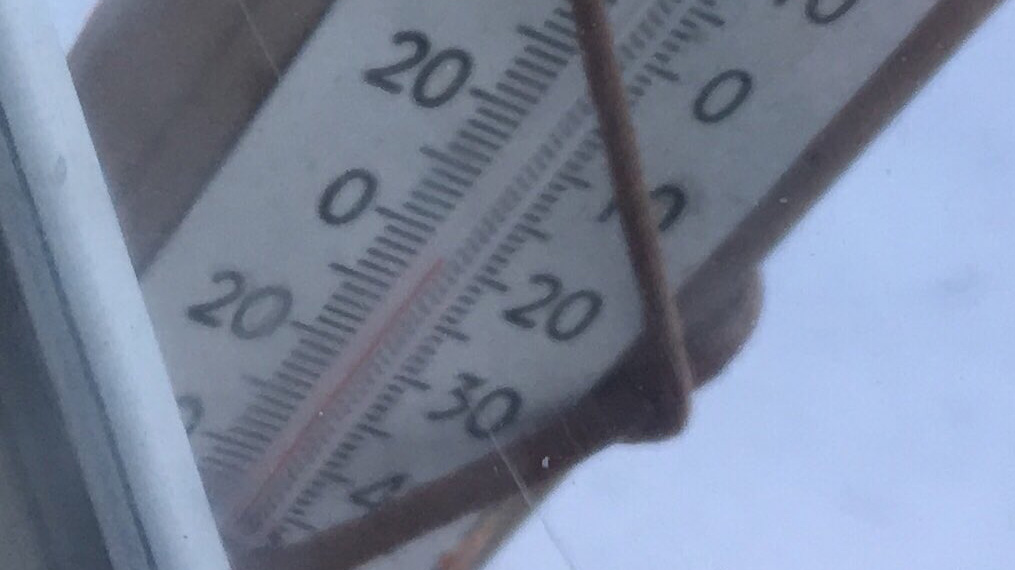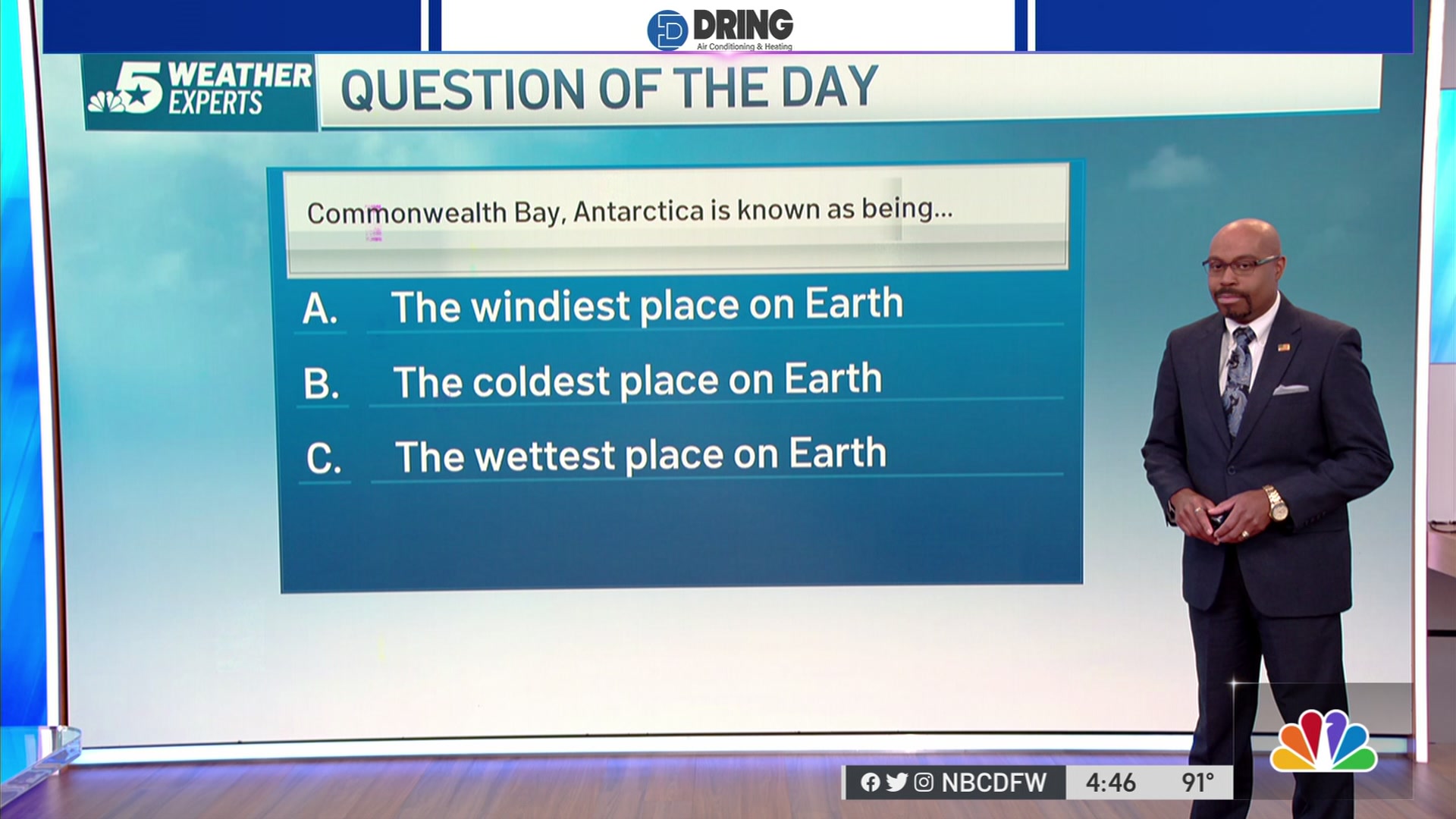
New measurements released by NOAA on Wednesday show the ozone hole over the Antarctic is getting smaller, coming in at 8.91 million square miles.
That measurement is slightly smaller than the 8.99 million square miles reached last year, and well below what it was in 2006 when the hole was at its largest.

NOAA scientists said the size has decreased over the last two decades.
Get DFW local news, weather forecasts and entertainment stories to your inbox. Sign up for NBC DFW newsletters.
What’s helping shrink the size is the Montreal Protocol, a plan put into place 35 years ago that eliminates ozone-depleting substances such as chlorofluorocarbons, or CFCs.
“Over time, steady progress is being made and the hole is getting smaller,” said Paul Newman, chief scientist for Earth Sciences at NASA’s Goddard Space Flight Center. “We see some wavering as weather changes and other factors make the numbers wiggle slightly from day to day and week to week. But overall, we see it decreasing through the last two decades. Eliminating ozone-depleting substances through the Montreal Protocol is shrinking the hole.”
The ozone layer provides powerful protection against the sun’s ultraviolet rays.
Read more from NOAA about the different methods of measurement and factors affecting the ozone layer.



